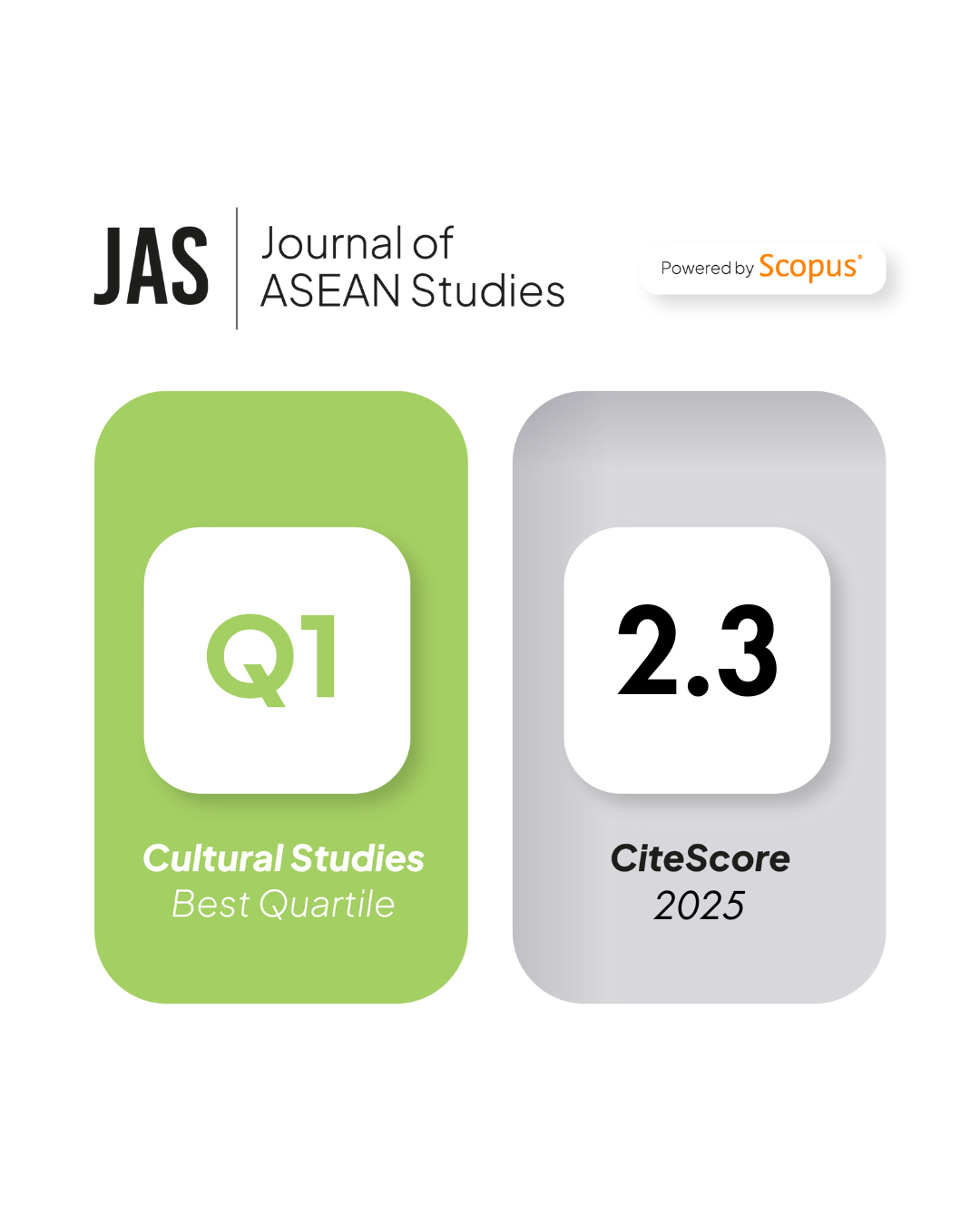Technology Transfer and the Promotion of Technical Skills from Japan to Southeast Asia: Case Study of Vietnam
DOI:
https://doi.org/10.21512/jas.v6i2.5095Abstract
In this era of globalization, technology transfer is widely regarded as a significant vehicle by which developing countries can both acquire technologies and develop human resources. Also, the skills level of employees has been identified in playing a critical role in making technology transfer effective. Japan is one of the largest investors in Vietnam. Japanese foreign direct investment (FDI) projects that are large in terms of investment capital and concentrate in high technology industries, are predicted to continue to increase and they offer the promise of new employment and technology transfer opportunities for Vietnam and its people. However, the lack of a skilled labor force in Vietnam, especially in the manufacturing industry, has currently impeded the transfer of technologies from Japan to Vietnam. Human resource development in general and technical skill promotion in particular are critical requirements for Vietnam to take advantage of technology transfer.
This paper attempts to evaluate the current situation of technical skill levels of employees in the Vietnamese manufacturing industry, as well as technology transfer from Japan to Vietnam through Japanese FDI manufacturing firms. In addition, this paper introduces the current policies and strategies of the Vietnam government in relation to technology transfer issues. It is suggested in this paper that bridging the huge gap between Japanese technical standards and the Vietnamese workforce’s technical skills definitely requires the crucial role of the Vietnamese government. The author then provides some recommendations for the government to adopt in order to upgrade technical skill levels to effectively adopt and utilize technologies transferred from Japan in the manufacturing industry.References
General Statictis Office of Vietnam, G. (2017). Labour in Vietnm 2017. Ha Noi: General Statictis Office of Vietnam. International Labor
Office (ILO). (2010). A skilled workforce for strong, sustainable and
balanced growth. Geneva: International Labor Office.
International Labor Office (ILO). (2012). International Standard Classification of Occupations, ISCO-08. Geneva: International Labor Office.
Ministry of Planning and Investment of Vietnam (MPI). (2016). Report: Labor and Employment of Vietnam in 2016. Hanoi: General Statistics Office of Vietnam.
Mankiw, N. G. (2016). Macro Economics. New York: Worth Publishers.
Nguyen, H. M. (2016), Situation, orientation and solutions to develop vocational training to meet the labor demand of industrial parks (In Vietnamese, online version), accessed on June 2, 2016, available at the portal of General Directorate of Vocational Training, Ministry of Labor, Invalids and Social Affairs of Vietnam http://en.tcdn.gov.vn/.
Organization for Economic Co-operation and Development (OECD). (2013). OECD Reviews of Innovation Policy: Innovation in Southeast Asia.
Rasiah, R. & Sadoi, Y. (2012). Innovation and industrialization in Asia. London, Routledge.
Sustainable Development Indicator Group. (1996). Working Draft
Framework, Version 2, June 1996.
Thaco Auto Corporation. (2016). Annual Report 2016. Thaco Auto
Corporation.
United Nations (UN), Department of Economic and Social Affairs/Population Division. (2017). World Population Prospects: The 2017 Revision. New York: United Nations.
United Nations Conference on Trade and Development (UNTACD). (2015). Science, Technology and Innovation Policy Review of Thailand. United Nations.
United Nations. (2017). World Population Prospects: The 2017 Revision. New York: United Nations.
Vietnam, Decision No. 879/QD-TTg dated June 9, 2014 signed by Prime Minister Nguyen Tan Dung approving the Industrial Development Strategy through 2025, vision toward 2035, Hanoi: Government Portal, Socialist Republic of Vietnam. Retrieved from http://www.chinhphu.vn/portal/page/portal/English.
Vietnam National Agency of Science and Technology Information
(NASATI). (2014). The report on Scientific Research and Technology
development in 2014.
World Bank. (2009). The Capacity Development Results Framework .
New York: The World Bank Intitutes.
World Economic Forum. (2017). The Global Human Capital Report 2017. Geneva: World Economic Forum






















